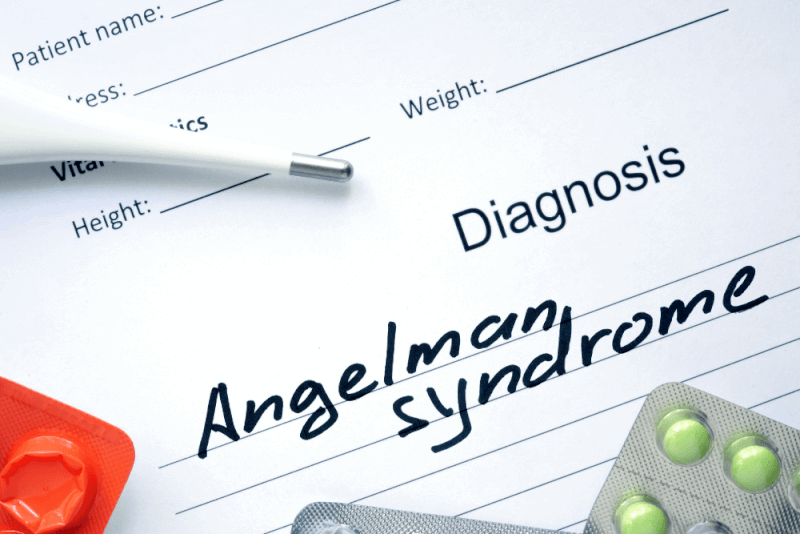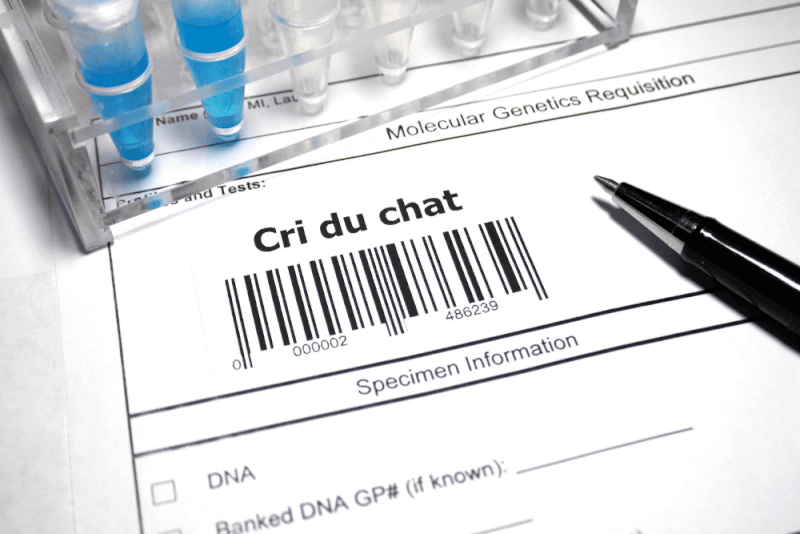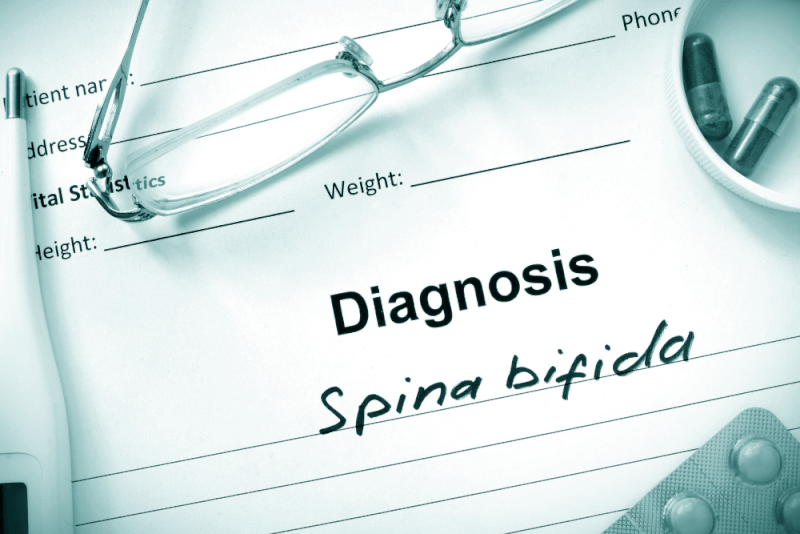30-Second Summary
- Hypotonia is a general medical term used to describe low muscle tone. Muscle tone refers to the amount of resistance a muscle offers when at rest.
- Muscle weakness is not the same as hypotonia. Muscle weakness indicates a lack of strength in the muscles and is a symptom of hypotonia.
- All babies are checked for congenital hypotonia immediately after birth. However, in some cases, symptoms may not be visible right away and may appear by the time the baby is 6 months old.
- Any disruption in the communication pathways that control movement—connecting the brain, spinal cord, nerves, and muscles—can lead to hypotonia.
What is Hypotonia?
Hypotonia is a general medical term used to describe low muscle tone. Muscle tone refers to the amount of resistance to movement while at rest. For example, if you relax your left arm and squeeze your right bicep, the resistance you feel is muscle tone. In people with hypotonia, there is little to no resistance or firmness when the muscle is squeezed.
In addition, muscle tone is the body's response to force. It helps maintain posture, enables sitting, and supports the movement of arms and legs. It also plays a role in the functioning of internal organs.
Muscle weakness is not the same as hypotonia. Muscle weakness refers to a deficiency in muscle strength and is considered a symptom of hypotonia.
Congenital Hypotonia
Hypotonia present at birth is known as congenital hypotonia. It can be diagnosed by doctors within the first few minutes of life, as babies with this condition have limbs that feel limp, like those of a rag doll. For this reason, it is also referred to as "floppy baby syndrome."
All babies are screened for congenital hypotonia immediately after birth. However, in some cases, symptoms do not appear right away and may not become noticeable until the baby is around 6 months old.
Causes of Hypotonia
Any disruption in the pathways that control movement — including connections between the brain, spinal cord, nerves, and muscles — can result in hypotonia. Causes of hypotonia include:
- Brain damage or developmental issues during fetal growth
- Conditions that affect how nerves communicate with muscles
- Conditions that affect the muscles themselves
- Disorders that target the nerves connecting to muscles
- Infections
- Lack of oxygen before or shortly after birth
Symptoms of Hypotonia
Common symptoms seen in infants with hypotonia include:
- Inability to lift the head
- Poor neck muscle control
- A floppy or limp feeling when held
- Inability to bear weight on the legs
- Limbs hanging straight down without bending at the elbows or knees
- Difficulty swallowing or sucking
- Weak crying
- General muscle weakness
Children diagnosed with hypotonia may also experience delays in developmental milestones such as:
- Sitting upright
- Crawling
- Walking
- Speaking their first words
- Feeding themselves
Diagnosis of Hypotonia
Hypotonia can often be diagnosed immediately after birth. In some cases, however, the diagnosis may not be made until the baby is around six months old. Healthcare professionals assess the child by observing physical signs of muscle weakness.
- Balance and coordination
- Motor skills
- Reflexes
- Sensory responses
Medical professionals will also review the family’s medical and genetic history to determine whether the condition was present before birth or resulted from complications during birth.
If hypotonia is suspected, doctors may request further testing to identify any underlying conditions responsible for the symptoms. These tests may include:
- Imaging tests such as MRI or CT scans to examine the baby's brain
- Genetic testing to identify potential genetic abnormalities
- Electromyography (EMG) to evaluate how muscles and nerves function
Diseases Associated with Hypotonia
Hypotonia is often a symptom of an underlying medical condition, which may be genetic or congenital. Some disorders cause progressive damage to the brain or nervous system, leading to hypotonia. Common associated conditions include:
- Achondroplasia
- Down syndrome
- Prader-Willi syndrome
- Spinal muscular atrophy
- Tay-Sachs disease
- Trisomy 13
- Williams syndrome
Other possible causes of hypotonia include:
- Premature birth
- Cerebral palsy
- Exposure to toxins or poisons
- Hypothyroidism
- Sleep apnea
- Spinal cord injury
Treatment Options for Hypotonia
After diagnosing hypotonia, identifying the underlying cause is essential. Once the root cause is determined, treatment focuses on that condition. Additionally, symptomatic treatments may be applied for hypotonia itself. For instance, if hypotonia results from an infection, antibiotics may be prescribed. However, when hypotonia is caused by genetic factors, there may be no cure, and the condition may persist throughout life.
Regardless of the cause, therapies to strengthen the baby’s muscles and improve coordination are often recommended. These include several supportive options:
Sensory Stimulation Programs
These therapies aim to engage the child’s senses — vision, smell, hearing, touch, and taste — to enhance sensory responses.
Occupational Therapy
These therapies help children develop or improve fine motor skills necessary for daily tasks.
Physical Therapy
Similar to occupational therapy, physical therapy supports the development of better movement control and can improve muscle strength and tone over time.
Speech and Language Therapy
This therapy helps with breathing, speaking, and swallowing difficulties that may arise due to hypotonia.
In cases of benign congenital hypotonia, treatment may not be necessary. However, in conditions like joint dislocations, consultation with a specialist is recommended.






